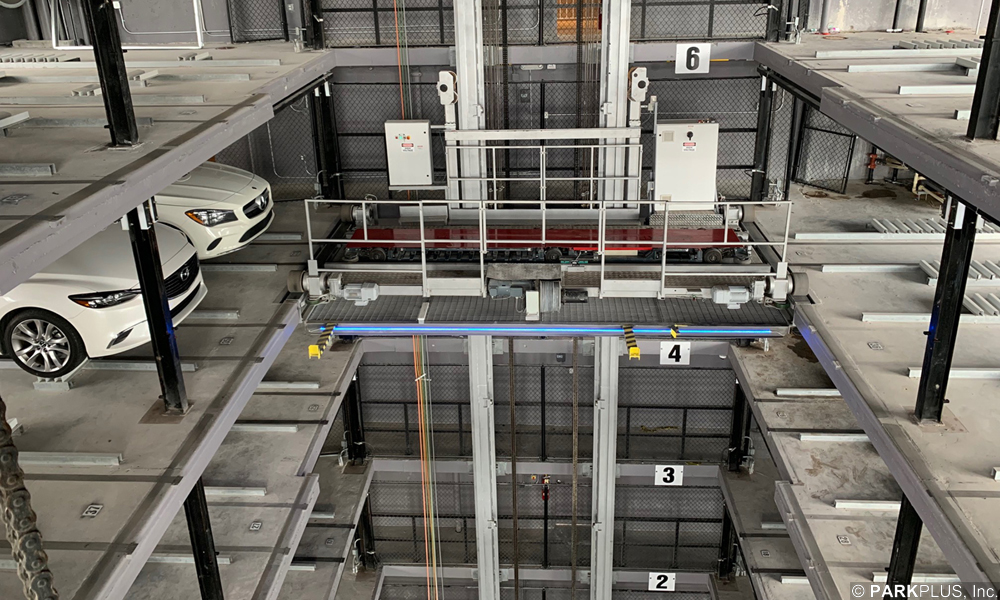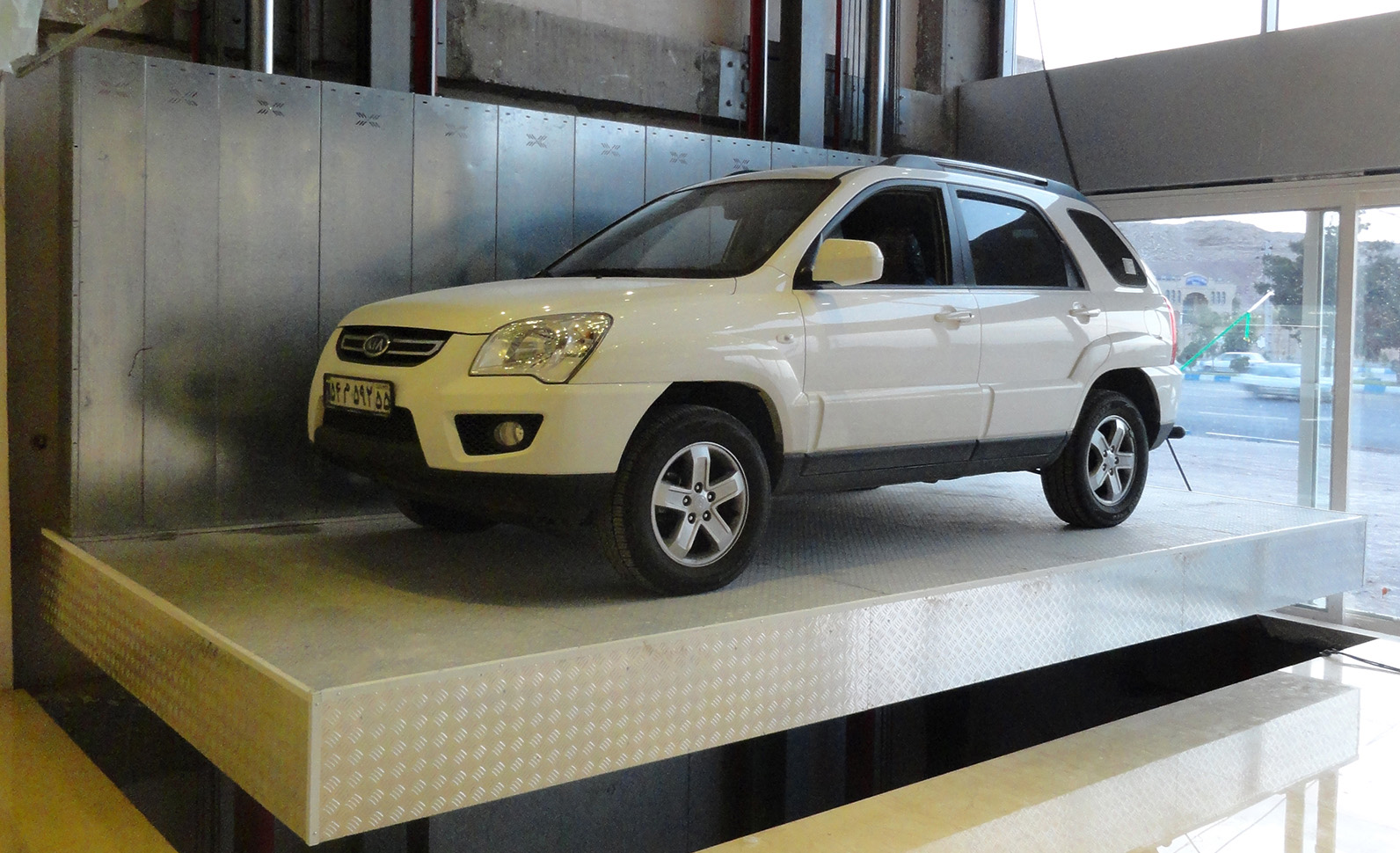Automatic parking system
Intelligent Parking Assist System (IPAS), also known as the Advanced Parking Guidance System (APGS) for Toyota models in the United States, is the first production automatic parking system developed by Toyota Motor Corporation in 1999 initially for the Japanese market hybrid Prius models and Lexus models. The technology assists drivers in parking their vehicle. On vehicles equipped with the IPAS, via an in-dash screen and button controls, the car can steer itself into a parking space with little input from the user. The first version of the system was deployed on the Prius Hybrid sold in Japan in 2003. In 2006, an upgraded version debuted for the first time outside Japan on the Lexus LS luxury sedan, which featured the automatic parking technology among other brand new inventions from Toyota. In 2009, the system appeared on the third generation Prius sold in the U.S. In Asia and Europe, the parking technology is marketed as the Intelligent Park Assist System for both Lexus and Toyota models, while in the U.S. the Advanced Parking Guidance System name is only used for the Lexus system.
Development
The initial version of the Intelligent Parking Assist System, launched in 2003, was designed for reverse parallel parking. Driver intervention was not required, as the system estimated the size of the parking space and maneuvered the vehicle appropriately. This was done by an onboard computer which used a camera built into the forward and rear of the car. Sensors located at similar locations detected the proximity of nearby vehicles. The dashboard displayed an image of the lot, and the driver would then have to determine the exact position that the vehicle in the lot via the arrows which appeared on the screen. Using the arrows, the user would set the location of the vehicle in the space. When satisfied, the user pressed the “Set” button, which then IPAS. The system then took over steering control to maneuver the vehicle.
Early versions of this system had difficulty detecting objects, including cats, baby prams and pedestrians. Secondly when the driver activated the system in a too small a space, the system constantly flashed warning signals to inform the user of the danger of hitting the vehicle. User assistance is required in such situations. In 2005, an upgraded version added recognition capability for parking stripes. A later version of this parking technology, launched in 2006, added integration with parking sensors. This latest version could calculate the steering maneuvers needed for parallel or reverse parking, and help determine that the car has enough clearance for a particular space with colored screen displays which indicated adequate or inadequate space.
Technology
Demonstration of the parallel parking system on a Toyota Prius.
The IPAS/APGS use computer processors which are tied to the vehicle’s sonar warning system feature, backup camera, and two additional forward sensors on the front side fenders. The sonar park sensors, known as “Intuitive Parking Assist” or “Lexus Park Assist”, include multiple sensors on the forward and rear bumpers which detect obstacles, allowing the vehicle to sound warnings and calculate optimum steering angles during regular parking. These sensors plus the two additional parking sensors are tied to a central computer processor, which in turn is integrated with the backup camera system to provide the driver parking information.
When the sonar park sensors feature is used, the processor(s) calculate steering angle data which are displayed on the navigation/camera touchscreen along with obstacle information. The Intelligent Parking Assist System expands on this capability and is accessible when the vehicle is shifted to reverse (which automatically activates the backup camera). When in reverse, the backup camera screen features parking buttons which can be used to activate automated parking procedures. When the Intelligent Parking Assist System is activated, the central processor calculates the optimum parallel or reverse park steering angles and then interfaces with the Electric Power Steering systems of the vehicle to guide the car into the parking spot.
For more information please vist these page too :
https://gelift.com/products/fully-automatic-parking/
https://gelift.com/products/semi-automatic-parking/







